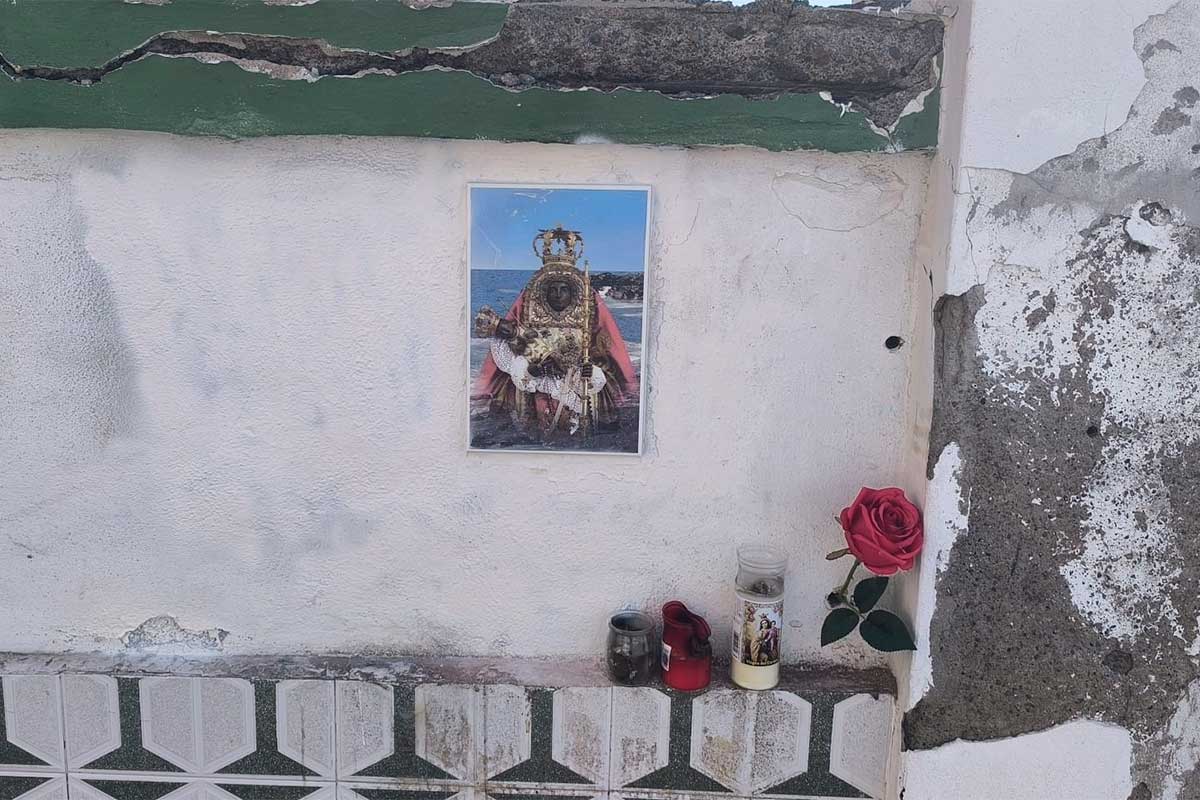Involcan Rules Out Imminent Eruption on the Island but Urges Preparedness as It Will Happen “Sooner or Later”

SANTA CRUZ DE TENERIFE, 1 Sep. (EUROPA PRESS) –
The Cabildo of Tenerife is finalising preparations for a drill to be held in the municipality of Garachico from 22 to 26 September, aimed at reviewing its volcanic risk strategy involving over 1,000 individuals.
This was announced on Monday during a press conference by the island’s president, Rosa Dávila, who was joined by the Minister for Natural Environment, Blanca Pérez; the Island Director of Safety and Emergencies, Iván Martín; Néstor Padrón, Head of Civil Protection Service in Tenerife; and the volcanologist from Involcan, Luca D’Auria.
The choice of Garachico is deliberate, as the northwest region of the island—comprised of this municipality along with El Tanque, Santiago del Teide, and Guía de Isora—is assessed as having the highest volcanic risk according to Involcan’s projections.
Dávila emphasised that there is no “imminent” eruption situation, but she believes the island must be “prepared for any situation.” She clarified that the goal is not to cause alarm but to establish a common strategy for effectively communicating efforts to the public.
She noted collaboration with scientific experts to ensure “all management and analysis tools” are in place, emphasising that “the protection of human life must come first” in the event of an eruptive episode.
In this regard, she advocated for increased funding from the corporation for preventive measures and assisting municipalities in developing their emergency response plans—a meeting is scheduled for 15 September.
Moreover, she confirmed the establishment of logistical points in cooperation with the Red Cross and the College of Pharmacists, alongside training plans with Involcan, the IGN, Aemet, and universities, and designed command posts where scientists and the military will work together.
“We cannot look the other way; this is our responsibility to ensure we can prevent and be prepared,” she stated, highlighting that this drill will be a pioneering initiative in Spain, comparable to drills conducted in Hawaii or Sicily.
Although numerous preliminary activities will take place, the highlight of the drill, part of the EU-Modex, EU Civil Protection Mechanism, will occur on 26 September, when residents across the island will receive a message at 09:00 via the ES-Alert platform announcing an eruption as the island enters ‘red alert.’
At that point, the evacuation of residents from the old dock of Garachico will commence, and the drill will officially begin.
Padrón clarified that the aim is not to “improvise,” but to undertake a “pedagogical exercise” following a “consistent operational pattern” to raise public awareness, encouraging individuals to “empower” themselves and become more “resilient” to such events.
He called for a “global strategy” involving all areas of the Cabildo, in coordination with municipalities, to identify vulnerable individuals and animals, establish housing for the population, and facilitate the evacuation of tourists.
CIVIL PROTECTION RISK—”INCREASINGLY COMPLEX”
Padrón acknowledged that “the risk is becoming increasingly complex” due to climate change, which necessitates a focus on prevention and anticipation.
D’Auria praised the “incredible change” in Tenerife’s civil protection systems and volcanic monitoring over the last 25 years, asserting that an “updated situation report will be available, minute by minute.”
In this context, he announced plans to acquire three calorimeters to help “anticipate a future eruption,” emphasising the importance of tracking deep magma movements, as the timescale for an eruption “can be very brief, within a week.”
He indicated that “the entire island must be prepared” as volcanic monitoring “is not easy,” as demonstrated during the La Palma eruption, admitting that Tenerife has shown “anomalies” since 2016, with 80% of cases ending with the island “returning to sleep.”
He stated that there are ‘seismic swarms’ attributed to the island’s hydrothermal system, noting that “there is no evidence” of deep magma movement, and expressed confidence that the situation will not change in the short term.
“What has occurred in recent months is within the realm of normalcy; the system is asleep, but it will awaken,” he remarked, suggesting this could happen in a year or within a century. “Tenerife is an active island, and sooner or later there will be another eruption; we must be prepared, but for now, we are in a period of calm,” he added.
According to Involcan’s statistical projections, the likelihood of an eruption in Tenerife is nearly 40% within the next 50 years and over 63% within 100 years.
D’Auria commented that volcanic risk in the Canary Islands “is increasing” due to infrastructure development and population growth, making the area more exposed. Nevertheless, he believes there is a need for “substantial outreach” to the public to improve their “perception of risk.”
He cited the example of low participation in prevention training sessions in La Palma months before the eruption.











